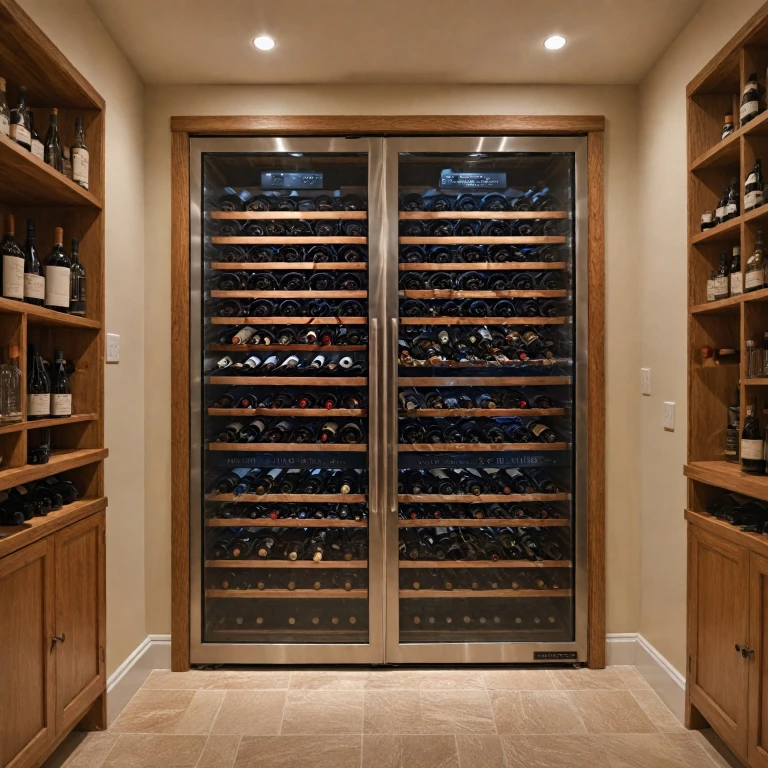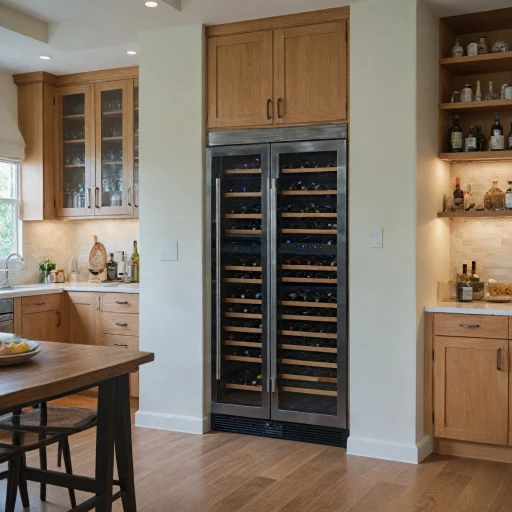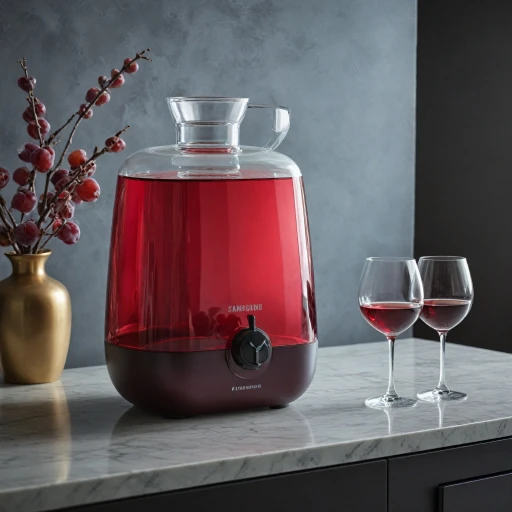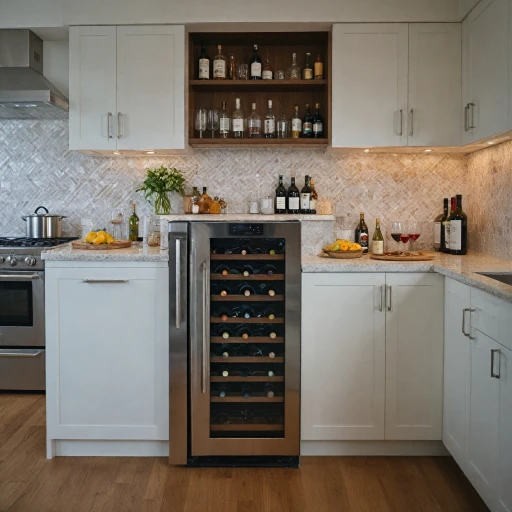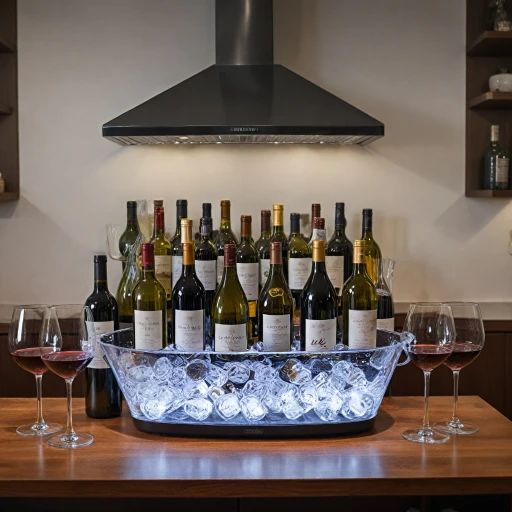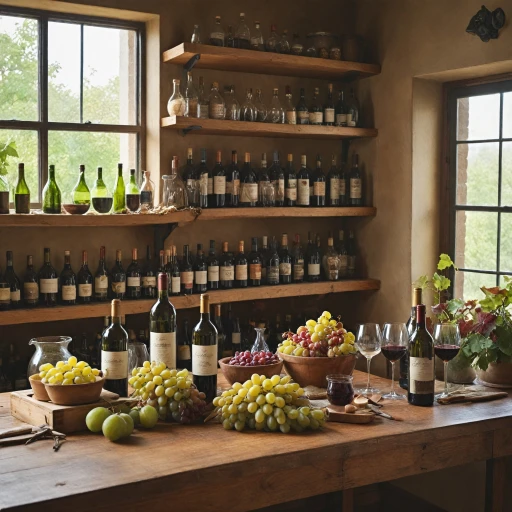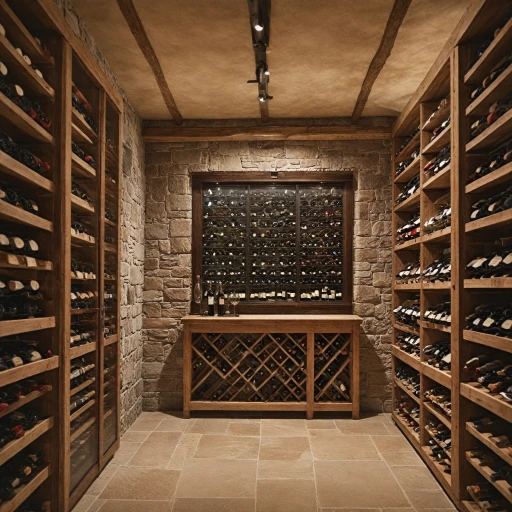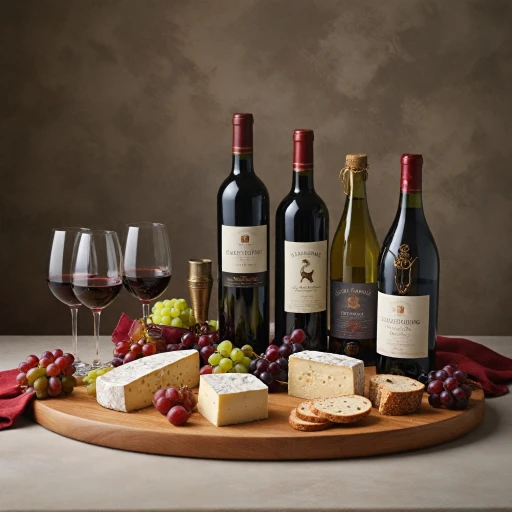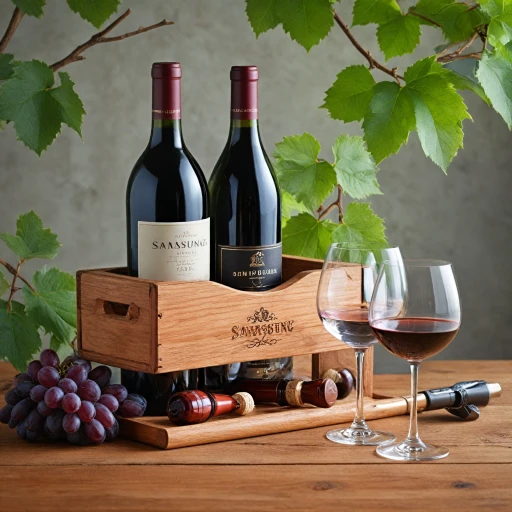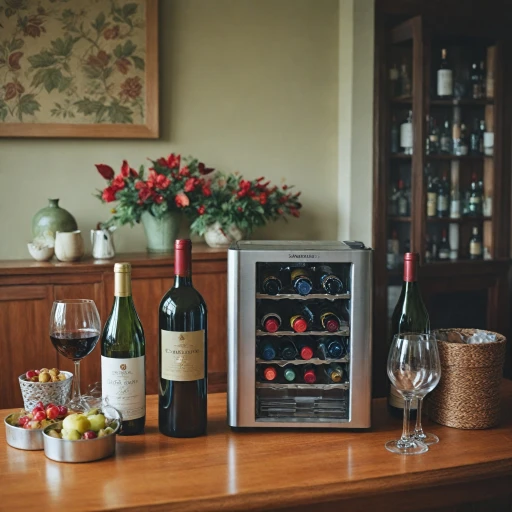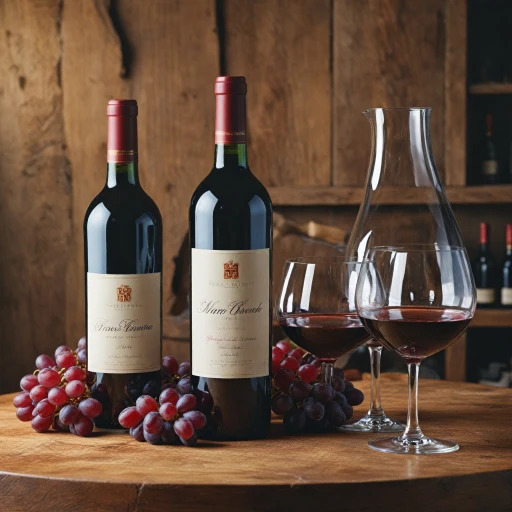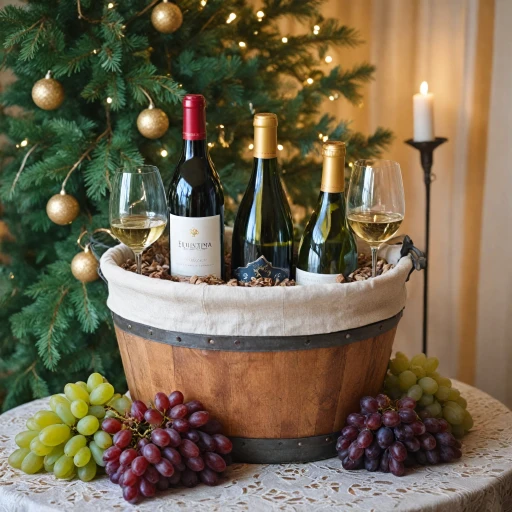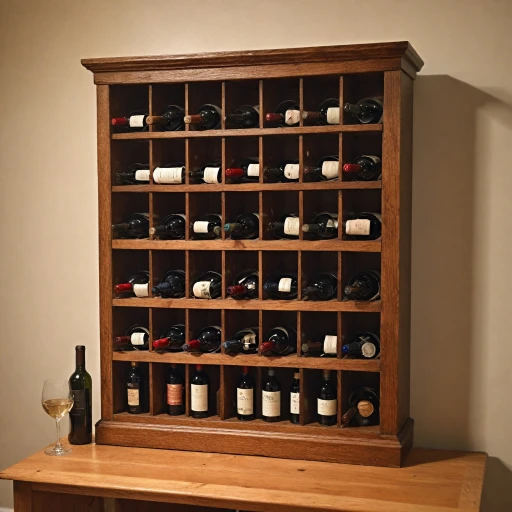
The Importance of Proper Wine Storage
The Significance of Storing Wine Correctly
Understanding the vital role proper wine storage plays in preserving the taste and quality of wine cannot be overstated. Each bottle of wine, whether stored in wine cabinets or full-sized wine cellars, demands an environment that maintains specific temperature and humidity levels. This ensures that your collection ages gracefully, enhancing its flavors and overall appeal.
Proper wine storage is especially crucial once you accumulate a considerable amount of wine. Whether you own a ceiling mount cooling system or a fully ducted wine cellar setup, the aim remains the same: maintaining the integrity of each bottle.
Temperature fluctuations and incorrect humidity levels can significantly damage the wine. A reliable cooling unit, be it a split system or ducted system, adeptly controls these conditions. Units like the Breezeaire and Wine Guardian series are invaluable investments for serious wine enthusiasts. Although the unit price can vary, the protection they offer is invaluable for both casual collectors and connoisseurs alike.
When investing in a cooling unit, it's essential to consider system capacity in terms of cubic feet, as well as installation complexity. Opting for a cooling unit that fits well with your existing cellar can alleviate issues with maintenance and energy efficiency.
For those beginning to build their collection or modifying an existing one, exploring options for creating your thermostatic wine cellar can offer additional insights. You can learn more about crafting a controlled wine storage environment that suits your needs.
Types of Wine Cooling Units
Exploring Different Types of Wine Cooling Systems
When diving into the world of wine cooling, understanding the array of available options can seem daunting. The right cooling unit can not only enhance the quality of your wine storage but also complement the design of your cellar. Here's an overview of the main types of wine cooling systems and what they offer.
Self-Contained Units
These units are plug-and-play solutions perfect for individuals who want simplicity and efficiency. Designed to be installed through the wall of a wine cellar, they provide reliable temperature and humidity control. Brands like Breezaire offer models that cater to different cellar sizes, giving you flexibility without the need for significant structural changes. However, the downside is noise and potential aesthetic disruption.
Split Systems
For those focused on maintaining a serene wine basement ambiance, split systems can be an appealing option. These systems separate the condenser and the evaporator, minimizing noise within the cellar. Wine Guardian offers a series of split systems renowned for their advanced features and customized options. Such units may be more expensive and involve a more complex installation process, but they shine in providing robust control over large spaces.
Fully Ducted Systems
For those aiming to preserve the integrity of an elegantly designed wine cellar, fully ducted systems can be a superb choice. These units are completely hidden from view, with ducts discreetly channeling cooled air into the room. They typically offer the highest level of efficiency and system capacity but come with a higher unit price. Installation may require professional expertise to handle the ductwork effectively.
Ceiling Mounted Cooling Units
In scenarios where every inch of cellar space is precious, ceiling-mounted cooling units can prove invaluable. These units integrate into the ceiling, keeping walls and wine racks free from obstruction. While they save space, they may require additional considerations for installation and maintenance to ensure consistent airflow and performance.
Wine coolers offer solutions that can fit any bespoke needs, whether it's the wine guardian for sophistication or a contained system for straightforward utility. Understanding that each type comes with its own set of installation demands and price points will guide you in making an informed choice. Given this variety, it's crucial to weigh the pros and cons each type brings to your wine storage vision.
Choosing the Right Wine Cooling Unit for Your Needs
Finding the Perfect Fit for Your Wine Collection
Choosing the right wine cooling unit is crucial for maintaining optimal wine storage conditions. The selection process involves several factors, including system capacity, installation options, and price. These considerations will help you identify a unit that not only meets your budget but also suits the specific requirements of your wine cellar or cabinet.
You can opt for different types of cooling systems, such as self-contained or fully ducted units. Self-contained systems are typically easier to install and ideal for smaller wine cellars. These units are also more budget-friendly and user-friendly, often fitting seamlessly within wine racks or inside wine cabinets.
Fully ducted systems, on the other hand, provide a more unobtrusive design since they can be installed away from view, minimizing noise and vibration in your wine cellar. These units are perfect for larger cellars and those seeking a more sophisticated setup.
- Split Systems: These units separate the evaporator and condenser, offering greater flexibility in installation and noise reduction.
- Ceiling Mount Options: Ideal for maximizing space, ceiling-mounted units provide efficient wine storage cooling for different cellar sizes.
- Guardian and Breezaire Units: Known for their reliability and efficiency, these brands offer a range of products tailored to various cellar capacities.
While reviewing unit prices, consider consulting reviews to understand the long-term performance of the unit you are considering. Keep in mind that having the right system capacity to meet your wine collection’s needs is essential for preserving both the temperature and humidity levels required for optimal aging. For those beginning their journey into wine storage, understanding "the art of choosing" the right equipment can enhance your entire experience.
Installation and Maintenance Tips
Getting Your Wine Cooling Unit Set Up
Installing a wine cooling unit requires careful planning and execution to ensure optimal performance and longevity. When embarking on this task, it's important to consider the unique features of your wine cellar, including its size and layout, as these will influence the choice of the cooling system.
The installation process will vary depending on the type of cooling unit chosen. For example, fully ducted systems offer flexibility in terms of installation location and can preserve aesthetically pleasing views in your wine cellar. Alternatively, split systems consist of separate evaporator and condenser units that can be installed independently, allowing for noise reduction.
On the other hand, self-contained units provide a simpler installation process, as they come preassembled. These are often installed directly through a wall, which may require reinforcement depending on the wall's structural capacity.
Regardless of the system you choose, ensure that the cooling unit has the appropriate system capacity to handle the cubic feet of your wine storage area. It's important to consult with professionals to get reviews and unit evaluations that will guide your decision, especially when dealing with advanced systems like Wine Guardian or Breezaire.
Maintenance Tips for Longevity
Maintaining your wine cooling unit is crucial for its long-term functionality and efficiency. Regular maintenance tasks include:
- Checking and cleaning the air filters to ensure clean air circulation and prevent dust accumulation.
- Inspecting the system for leaks, particularly in split systems and fully ducted systems, as these can significantly impact performance.
- Monitoring and calibrating temperature and humidity controls to ensure your wines are stored under ideal conditions.
- Scheduling professional inspections annually to evaluate system health and address any potential issues proactively.
Taking these steps can help you avoid common challenges associated with temperature and humidity fluctuations, maintaining the quality of your wine collection. Proper installation and upkeep ensure that your investment in a wine cooling unit continues to serve its purpose effectively.
